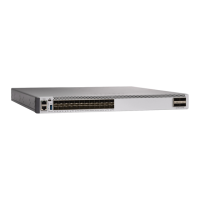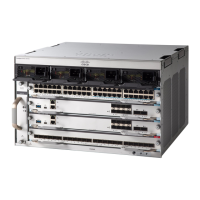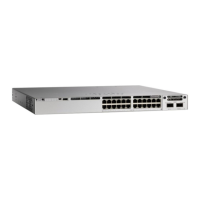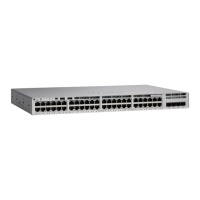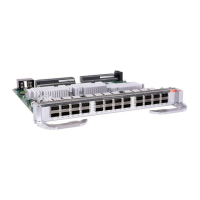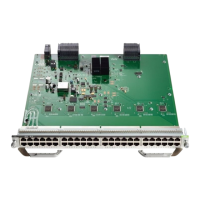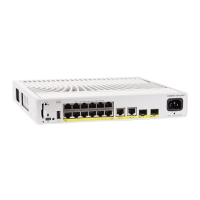IS-IS Global Parameters
These are some optional IS-IS global parameters that you can configure:
•
You can force a default route into an IS-IS routing domain by configuring a default route controlled by
a route map. You can also specify other filtering options configurable under a route map.
•
You can configure the router to ignore IS-IS LSPs that are received with internal checksum errors or to
purge corrupted LSPs, which causes the initiator of the LSP to regenerate it.
•
You can assign passwords to areas and domains.
•
You can create aggregate addresses that are represented in the routing table by a summary address
(route-summarization). Routes learned from other routing protocols can also be summarized. The metric
used to advertise the summary is the smallest metric of all the specific routes.
•
You can set an overload bit.
•
You can configure the LSP refresh interval and the maximum time that an LSP can remain in the router
database without a refresh.
•
You can set the throttling timers for LSP generation, shortest path first computation, and partial route
computation.
•
You can configure the Device to generate a log message when an IS-IS adjacency changes state (up or
down).
•
If a link in the network has a maximum transmission unit (MTU) size of less than 1500 bytes, you can
lower the LSP MTU so that routing will still occur.
•
The partition avoidance router configuration command prevents an area from becoming partitioned when
full connectivity is lost among a Level1-2 border router, adjacent Level 1 routers, and end hosts.
IS-IS Interface Parameters
You can optionally configure certain interface-specific IS-IS parameters, independently from other attached
routers. However, if you change some values from the defaults, such as multipliers and time intervals, it makes
sense to also change them on multiple routers and interfaces. Most of the interface parameters can be configured
for level 1, level 2, or both.
These are some interface level parameters you can configure:
•
The default metric on the interface, which is used as a value for the IS-IS metric and assigned when
there is no quality of service (QoS) routing performed.
•
The hello interval (length of time between hello packets sent on the interface) or the default hello packet
multiplier used on the interface to determine the hold time sent in IS-IS hello packets. The hold time
determines how long a neighbor waits for another hello packet before declaring the neighbor down. This
determines how quickly a failed link or neighbor is detected so that routes can be recalculated. Change
the hello-multiplier in circumstances where hello packets are lost frequently and IS-IS adjacencies are
failing unnecessarily. You can raise the hello multiplier and lower the hello interval correspondingly to
make the hello protocol more reliable without increasing the time required to detect a link failure.
•
Other time intervals:
Routing Configuration Guide, Cisco IOS XE Everest 16.6.x (Catalyst 9500 Switches)
148
Configuring IP Unicast Routing
IS-IS Global Parameters

